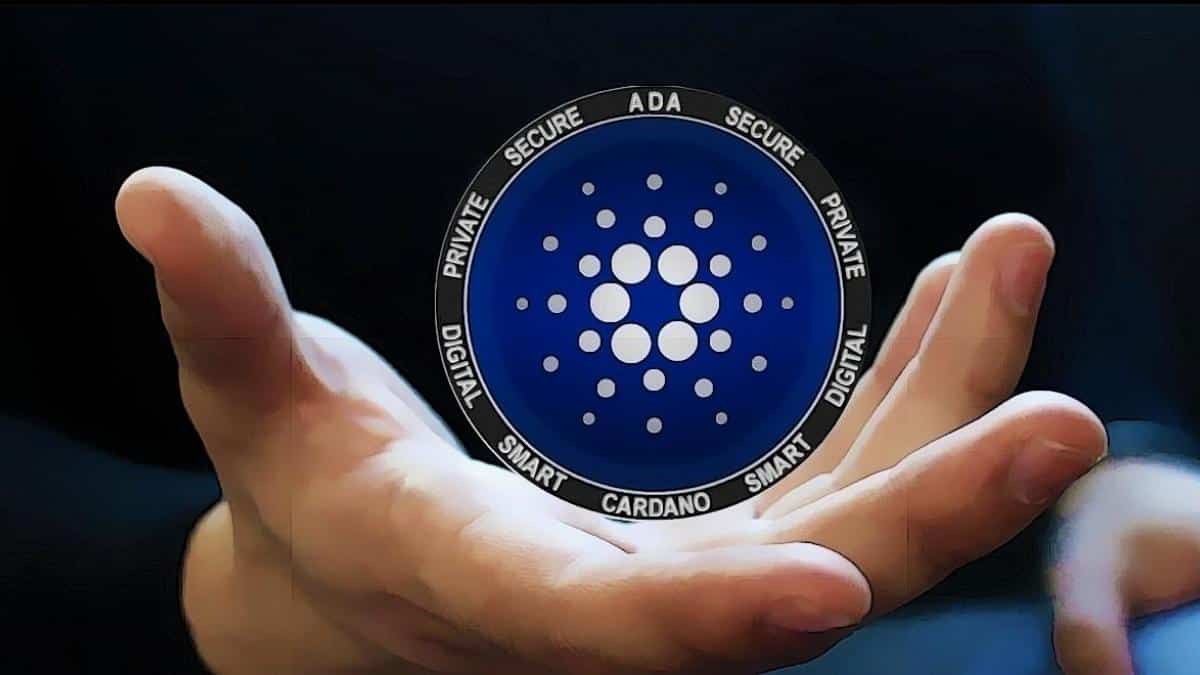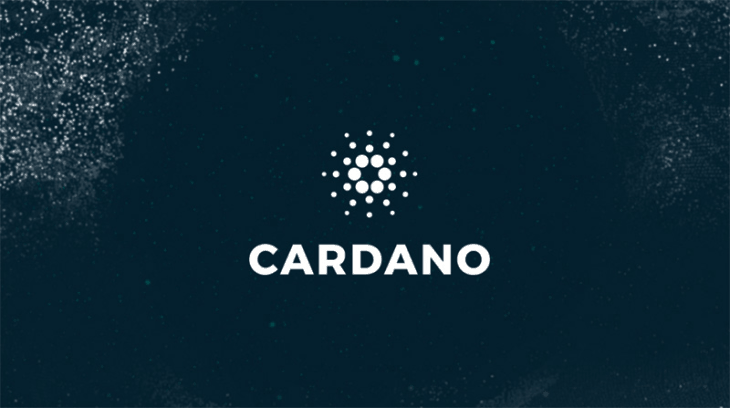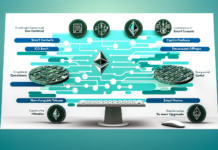Welcome to the world of Cardano, a third-generation public blockchain and Dapp development platform that aims to revolutionize the way we interact with global economic systems. In this article, we will explore the various aspects of Cardano, including its definition, design principles, goal, features, partnerships, team, governance, and controversies. By the end, you will have a comprehensive understanding of why Cardano is making waves in the blockchain industry.
Cardano Overview
Definition of Cardano
Cardano, also known as ADA, is a public blockchain platform that was launched in 2017. It differentiates itself from other blockchain platforms by incorporating academic theories and principles into its design. With a strong emphasis on peer-reviewed research, Cardano aims to become a sustainable platform for the development of decentralized applications (Dapps).
Design Principles and Engineering Best Practices
One of the key strengths of Cardano lies in its design principles and engineering best practices. The platform places a strong focus on scalability, interoperability, and security. By addressing these fundamental aspects, Cardano aims to provide a robust infrastructure for the seamless integration of Dapps into the global economic system.
Goal of Cardano: Restoring Trust in Global Economic Systems
Cardano’s overarching goal is to restore trust in global economic systems. With increasing concerns about privacy, security, and centralization, Cardano aims to provide a decentralized and transparent platform that can rebuild trust for individuals and businesses alike. By leveraging the power of blockchain technology, Cardano seeks to create an inclusive and fair global economy.
Financial Services for the Unbanked Population
Another important goal of Cardano is to provide financial services to the unbanked population. In many parts of the world, access to traditional banking services is limited or non-existent. Cardano aims to bridge this gap by providing a secure and accessible platform for the unbanked population to participate in the global economy. This has the potential to uplift millions of individuals and empower them with financial independence.

Cardano Features
Scalability
One of the major challenges faced by blockchain platforms is scalability. Cardano aims to tackle this challenge by adopting a layered architecture. This approach allows for higher throughput and transaction speeds, making Cardano a highly scalable platform for the development of Dapps. By addressing scalability concerns, Cardano sets itself apart from many other blockchain platforms in the market.
Interoperability
Interoperability is another crucial feature of Cardano. In a fragmented blockchain ecosystem, it is important for different platforms to be able to communicate and interoperate with each other. Cardano aims to achieve this by utilizing open standards and protocols that enable seamless interoperability with other blockchain networks. This opens up endless possibilities for collaboration and innovation within the blockchain industry.
Security
Cardano takes security very seriously. By incorporating rigorous engineering practices and cryptography, Cardano ensures that its platform is secure against potential attacks. The platform also makes use of formal verification, a technique that allows for mathematical proofs of the correctness of the code. This further enhances the security and reliability of the Cardano blockchain, making it a trusted platform for the development of Dapps.
Consensus Mechanism: Ouroboros
Cardano introduced a unique consensus mechanism called Ouroboros. Ouroboros is a provably secure proof-of-stake protocol that ensures fair and efficient block production. Unlike traditional proof-of-work systems, Ouroboros does not rely on energy-intensive mining. Instead, it leverages the stake held by participants in the network to determine who gets to create and validate blocks. This makes Cardano a more sustainable and energy-efficient blockchain platform.
Partnerships and Listings
Partnerships with Major Exchanges
Cardano has formed strategic partnerships with major cryptocurrency exchanges such as Binance, Coinbase, and Kraken. These partnerships have allowed ADA, the native cryptocurrency of Cardano, to be listed on these exchanges, increasing its accessibility and liquidity in the market. The partnerships also contribute to the overall success and adoption of Cardano within the cryptocurrency ecosystem.
Success in the Cryptocurrency Market
Cardano has gained significant traction and success in the cryptocurrency market. With a growing community of developers, users, and investors, Cardano has established itself as one of the leading blockchain platforms in terms of market capitalization and adoption. The success of Cardano can be attributed to its strong emphasis on research, design principles, and engineering best practices, making it a preferred platform for Dapp development.

The Cardano Team
Decentralized Developers
the development of Cardano is carried out by a team of decentralized developers from three independent entities: the Cardano Foundation, Explore IOHK, and EMURGO. Each entity brings its unique expertise and perspective to the table, ensuring that Cardano benefits from a diverse range of talents and knowledge. This decentralized approach to development enhances the transparency and resilience of Cardano.
Entities Behind Cardano
The Cardano Foundation is a non-profit organization based in Switzerland that is responsible for promoting and supporting the Cardano ecosystem. Explore IOHK is a blockchain research and development company that focuses on building enterprise-grade blockchain solutions. EMURGO is a global blockchain solutions provider that focuses on integrating and commercializing blockchain technology for various industries. Together, these entities form a strong foundation for the development and growth of Cardano.
Cardano Governance
Decentralized Autonomous Organization (DAO)
Cardano’s governance system is based on a decentralized autonomous organization (DAO). A DAO is a system in which decision-making is decentralized and carried out by the community through a voting process. This ensures that all stakeholders have a say in the future direction and development of Cardano. The DAO governance model enhances transparency, accountability, and inclusivity, making Cardano a truly community-driven platform.
Purchasing ADA
Exchanges to Purchase ADA
If you are interested in purchasing ADA, the native cryptocurrency of Cardano, you can do so on popular cryptocurrency exchanges such as Uphold, Paybis, Kraken, and WazirX. These exchanges provide a secure and convenient platform for buying and selling ADA. By acquiring ADA, you become a participant in the Cardano ecosystem and can benefit from the growth and potential of the platform.
Wallets to Store ADA
Once you have purchased ADA, it is important to store it in a secure wallet. Cardano provides various options for storing ADA, including desktop wallets, mobile apps, and hardware wallets like Ledger Nano S or Ledger Nano X. These wallets offer enhanced security features such as private key encryption and multi-factor authentication, ensuring the safety of your ADA holdings. It is recommended to choose a wallet that suits your needs and preferences.
The Controversy
On-chain Voting
One of the controversial aspects of Cardano is its on-chain voting mechanism. While on-chain voting can enhance community participation and decision-making, there are concerns about the centralization of power and potential manipulation of the voting process. As Cardano continues to evolve, it is important for the community and stakeholders to closely monitor the implementation and impact of on-chain voting in order to ensure a fair and decentralized governance system.
Removal of Check and Balance
Another point of controversy surrounding Cardano is the potential removal of check and balance within the network. Some critics argue that the decentralized nature of Cardano’s governance system may give rise to governance failures and lack of accountability. It is crucial for the Cardano community and stakeholders to actively engage in discussions and debates about the governance model in order to address these concerns and maintain the integrity of the platform.
In conclusion, Cardano is a third-generation blockchain platform that brings together innovative design principles, engineering best practices, and a strong focus on scalability, interoperability, and security. With its goal of restoring trust in global economic systems and providing financial services to the unbanked population, Cardano has positioned itself as a leader in the blockchain industry. Through strategic partnerships, a decentralized development team, and a community-driven governance model, Cardano continues to grow and thrive in the cryptocurrency market. As with any emerging technology, controversies and challenges exist, but the Cardano community remains dedicated to addressing these issues and building a sustainable and inclusive blockchain ecosystem.
















